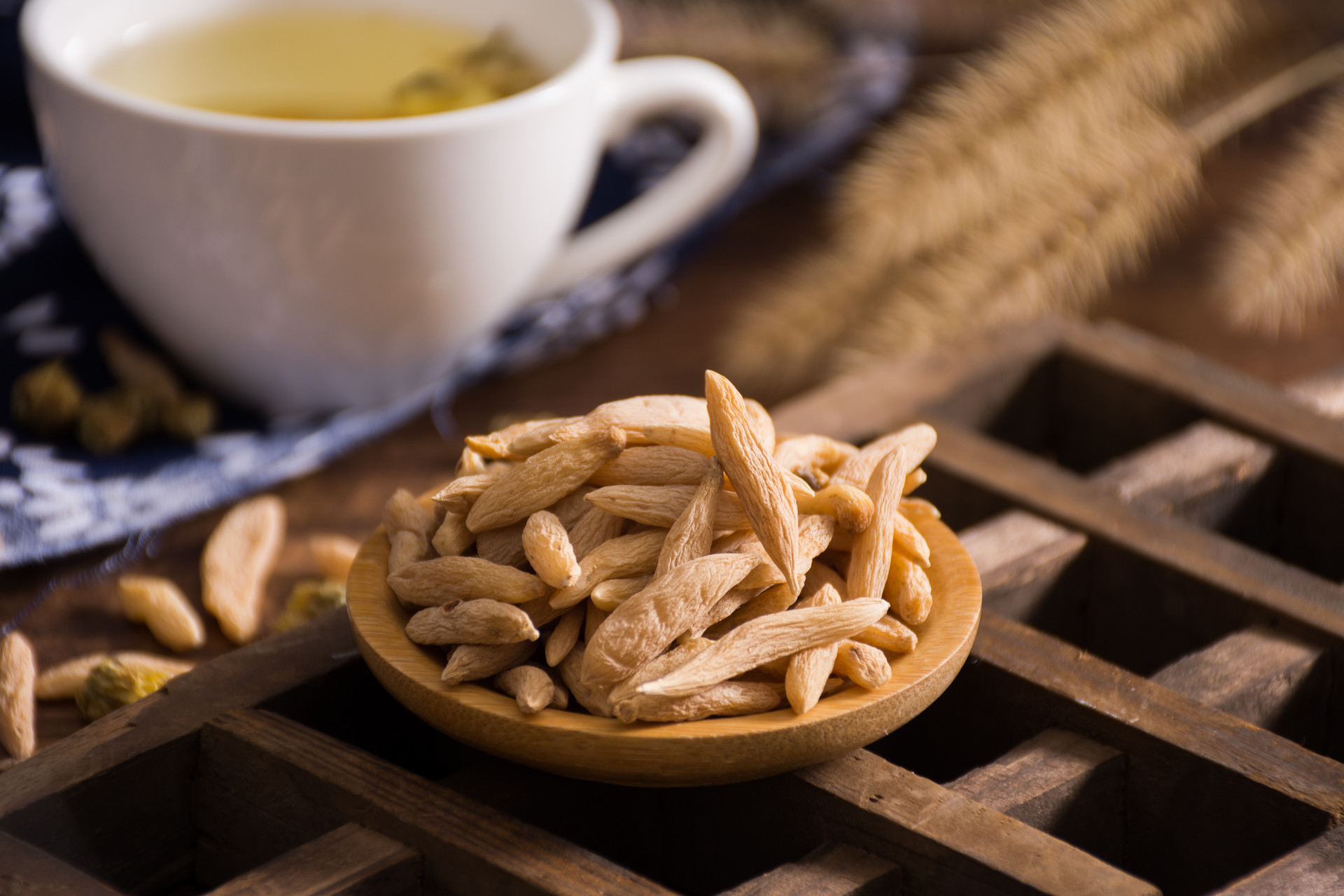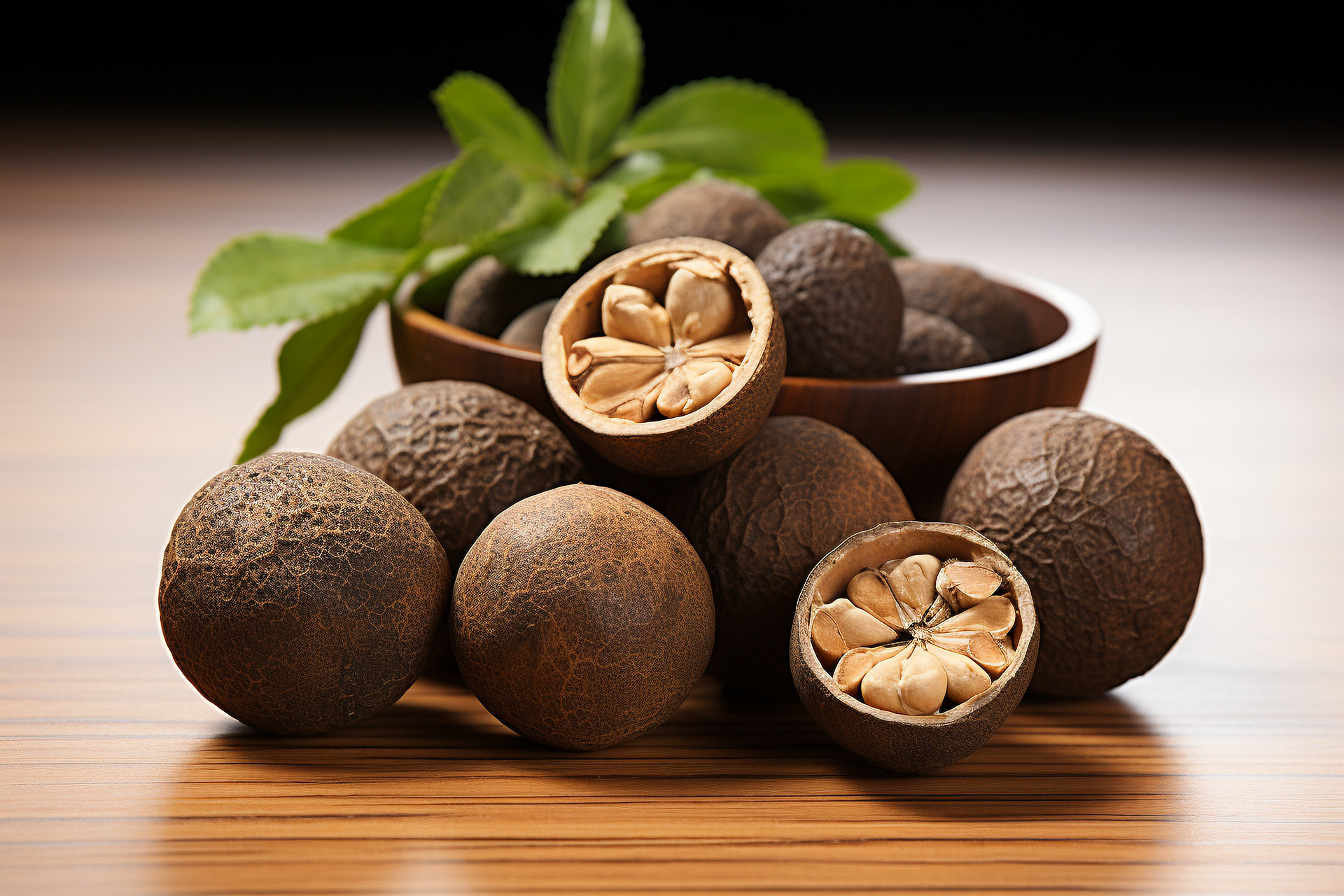Indigo, also known as Indigofera tinctoria or Qingdai in Chinese, is a medicinal herb with a cooling nature and a salty taste. It enters the liver, lung, and stomach meridians and has the functions of clearing heat, cooling the blood, and detoxifying. It is commonly used to treat heat-toxin diseases, rashes, hemoptysis, hemoptysis, childhood epilepsy, sores and swelling, erysipelas, snake and insect bites, and other conditions. In recent years, it has been found that there is serious adulteration in the market supply of indigo, which affects its therapeutic effect. Therefore, it is important to pay attention to identification when using indigo.
Genuine indigo: It is a very fine powder, gray-blue or dark blue in color, light in texture, easily scattered, feels smooth when pinched with fingers, and can stick to hands and paper. It has a grassy smell and a slightly sour taste. When a small amount is mixed with water, it floats on the surface, with only a few sinking to the bottom. When burned with a low flame, it produces a strong purple-red smoke and leaves behind dark brown ashes. When a small amount is heated on an iron plate, it melts and turns into fine black ashes. When a small amount is added with nitric acid, it produces bubbles and shows a brownish-red color.
Adulterated indigo: Adulterated indigo is made by mixing clay as a base and adding coloring agents. The main blue pigments used are malachite green, reduction blue, acid blue, alkaline blue, etc. It is a blue-gray powder, slightly heavier in texture, not easily scattered, feels slightly rough when pinched, and has visible sparkling specks. It also has a grassy smell and a mild taste with noticeable grittiness. When a small amount is mixed with water, most of it sinks to the bottom. When burned with a low flame, a very small amount of purple-red smoke is produced, along with bubbles, and it leaves behind yellowish-gray ashes. When a small amount is added with nitric acid, it produces bubbles and shows a brownish-brown color.
Modern pharmacological research has shown that the main component of indigo, indirubin, has a moderate inhibitory effect on tumors. It also has antibacterial effects against Staphylococcus aureus, Bacillus anthracis, Shigella dysenteriae, and Vibrio cholerae. Studies have also found that indigo contains indigo blue, which has a certain hepatoprotective effect. According to relevant information, indigo has shown significant clinical effects in the treatment of acute icteric hepatitis, acute pelvic inflammatory disease, and relief of esophageal cardia cancer obstruction. On the other hand, adulterated indigo not only increases in weight but also greatly reduces its therapeutic effect, seriously affecting the treatment outcome. Therefore, careful identification is necessary when using indigo.











